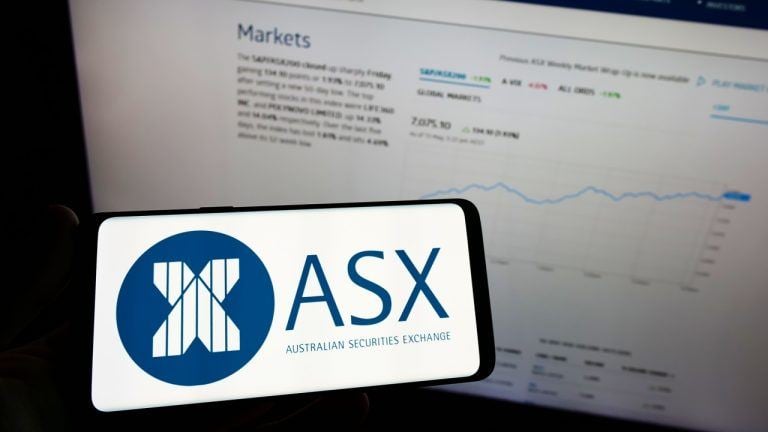
China-focused stablecoin data, retail investor participation and skeptical BTC derivatives markets are all signs that Bitcoin price is not primed for a new all-time high.
Bitcoin (BTC) closed at its highest level in two months on Sept. 28 and is currently approaching the $66,000 mark. This movement followed gains in the S&P 500 index, which reached an all-time high on Sept. 26, fueled by robust economic indicators and measures aimed at boosting markets and investor confidence in China. However, several metrics indicate that Bitcoin is far from entering a bull market.
Bitcoin/USD (right) vs. S&P 500 futures (left). Source: TradingView
Investors could be skeptical due to previous rejections at $70,000 or fearing that a potential recession is underway, which would negatively impact risk-on markets, including cryptocurrencies.













